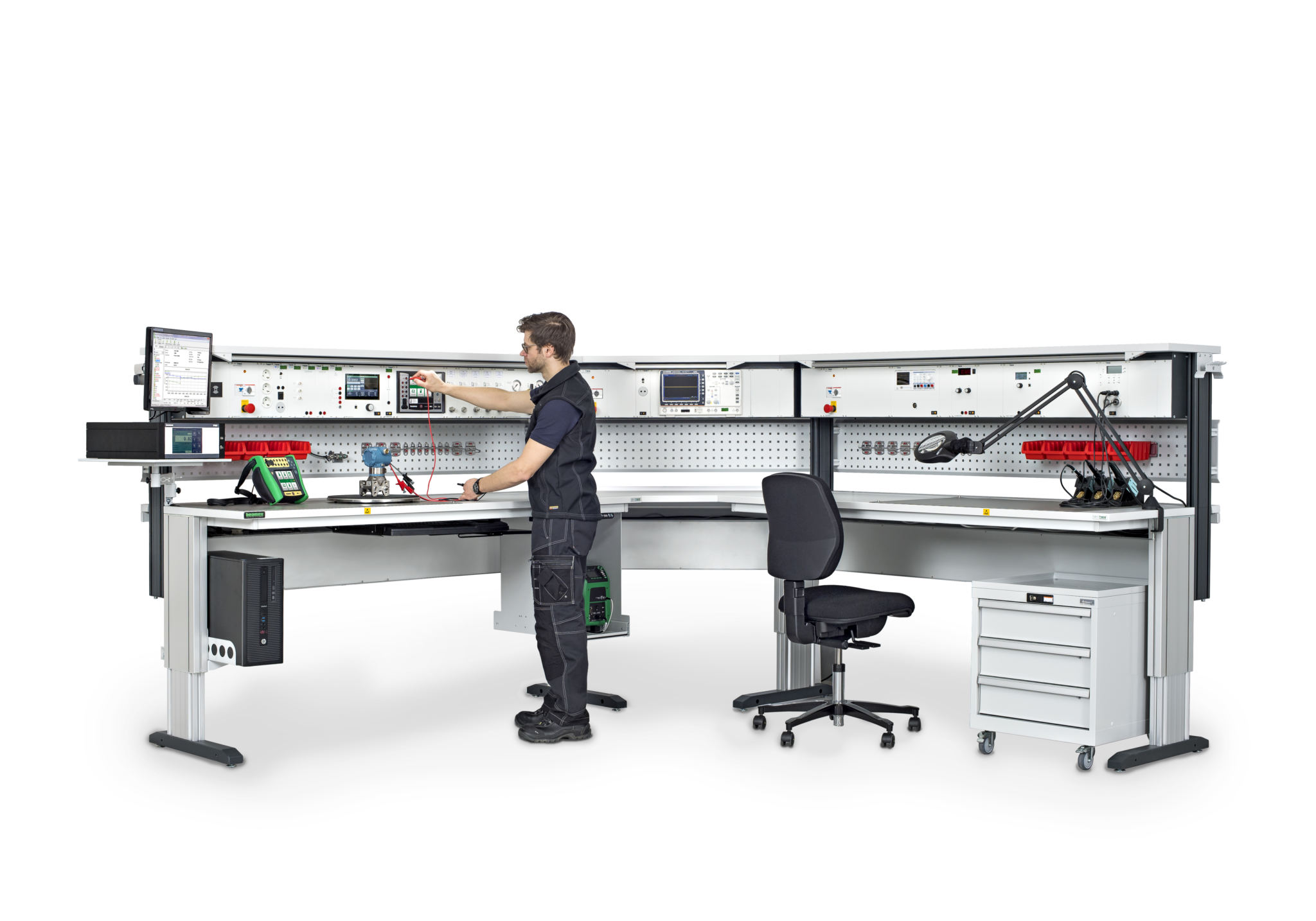Hysteresis is a common phenomenon in calibration, which occurs when the output of a measuring instrument or system depends not only on the current input value, but also on its past history. This means that the output value can be different depending on whether the input value is increasing or decreasing, and can exhibit a residual effect from previous input values.
In calibration, hysteresis can be a significant source of error and uncertainty, particularly in systems that are subjected to cyclical or repetitive inputs. For example, in a pressure measurement system, hysteresis can occur due to the elastic properties of the material, causing the output value to differ depending on whether the pressure is increasing or decreasing. In an electrical measurement system, hysteresis can occur due to the magnetic properties of the components, causing the output value to differ depending on the direction and magnitude of the current.
To account for hysteresis in calibration, it is necessary to carefully characterize the hysteresis properties of the system, typically by conducting multiple measurements with increasing and decreasing input values. This can help identify the extent and shape of the hysteresis loop, which can then be used to adjust the calibration procedure to account for any residual effects from previous input values.
One approach to accounting for hysteresis in calibration is to use a “forward and reverse” method, which involves calibrating the system first with increasing input values, and then with decreasing input values. By comparing the output values obtained in each direction, it is possible to identify and correct for any hysteresis effects.
Another approach is to use a “step-wise” calibration method, which involves incrementally increasing or decreasing the input value and allowing the system to stabilize before taking a measurement. This can help ensure that any residual effects from previous input values are minimized, and can provide a more accurate calibration result.
Overall, hysteresis is an important consideration in calibration, and must be carefully accounted for to ensure accurate and reliable measurements. By characterizing the hysteresis properties of a system and adjusting the calibration procedure accordingly, it is possible to minimize the effects of hysteresis and obtain more accurate results.
